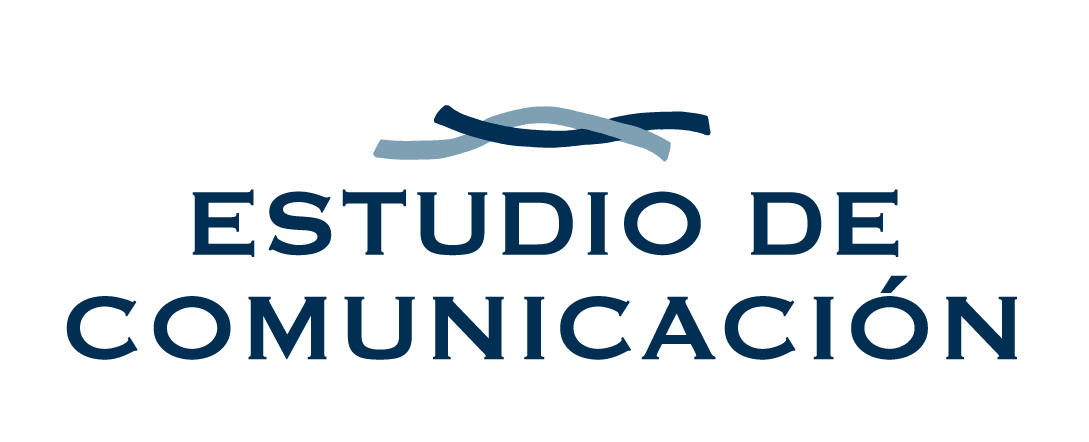In the permanently connected world we live in; company executives need to pay attention to the media and be prepared for both good and bad news. Negative posts come unexpectedly, demanding the same or more attention as the good ones.
Bad news can easily and quickly cause a reputational crisis for a company. If only one media outlet comes across sensitive information but of general interest, the rest of the media will soon be echoing the news and will start the calls and questions, something that if we are not well prepared for, can unleash total chaos for the company.
Therefore, it is always advisable to have a crisis manual adapted to the sector in which we work and that considers the different scenarios to which our company is exposed to, from the most favourable to the potentially most dangerous scenario in terms of reputation.
This manual should contain elements that help to maintain control in a crisis:
- Establish a crisis communication team: This team should be made up of the leaders of the main internal departments of the corporation, as well as a legal and communications team. In crisis situations, teams are usually made up of both internal professionals who know the company from within and external experts who can see the situation from a different perspective. The members of the legal and communication team must always remain aligned, so constant and fluid dialogue is essential.
- Design a strategy and inform the team: The outline of this strategy involves deciding whether the company wants to take a proactive or reactive approach to its media coverage. In addition to informing the entire crisis team, each person should understand their role and responsibilities within this strategy.
- Creating the narrative and elaborating potential statements: once the crisis team has collected all the facts on the subject, the messages must be decided. This should always be done in the most transparent and honest way with the target audience. In these cases, anticipating potential scenarios and communicating quickly can mitigate the crisis. As we have previously defined scenarios, we will review whether the assumptions are still appropriate in this case and correct any deviations. Having done the hypothetical work beforehand will help us to act more quickly.
- Identification of stakeholders: It is necessary to identify the stakeholders who need to take control and manage the situation, i.e. employees, clients, and media, among others.
- Follow-up: We must be very attentive to the media, so it is essential to monitor the press, especially after a crisis.
There is no doubt that crisis management is inevitably a time of tension for an organization and its members. But with prior work and tailor-made strategies, we can mitigate the impact it has on a company’s reputation and get away with it.
By Alba Regidor, Senior Consultant at Estudio de Comunicación
